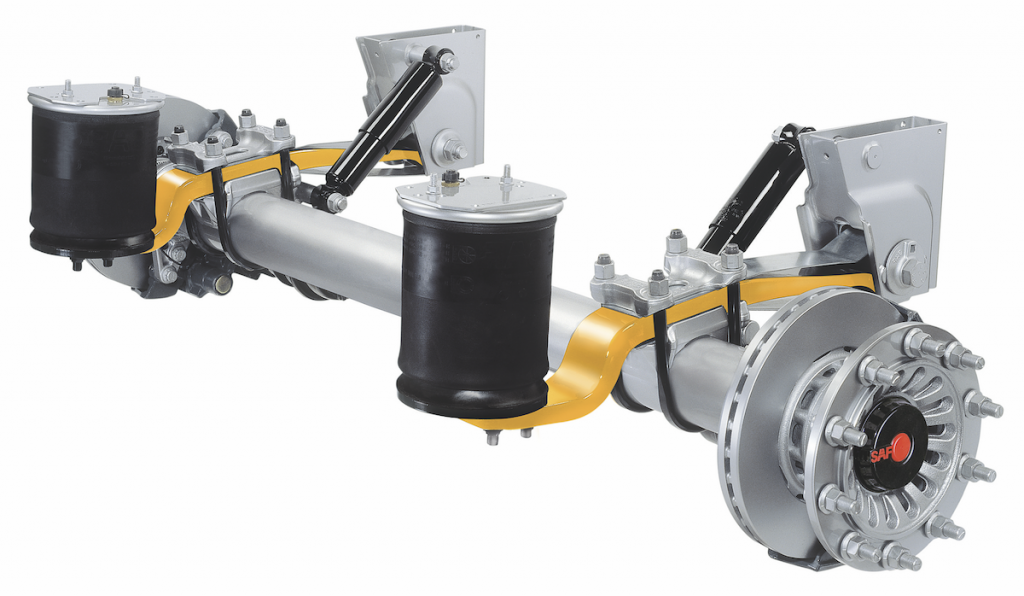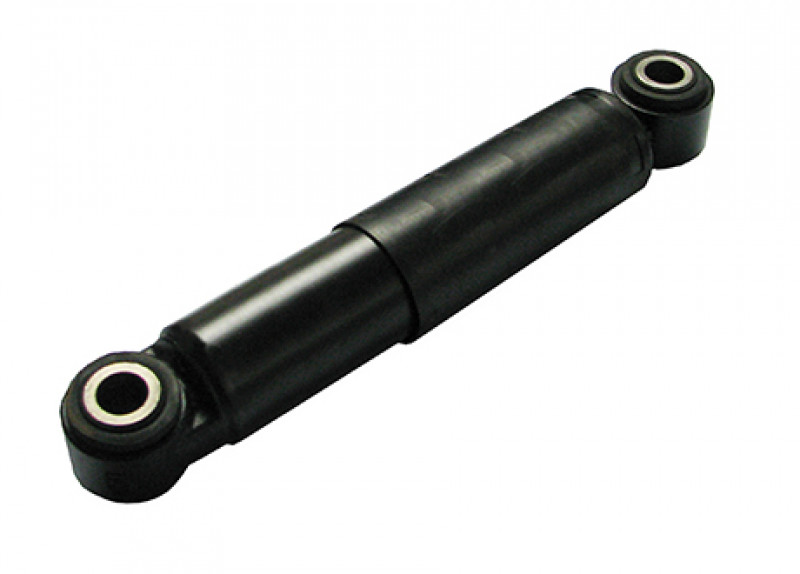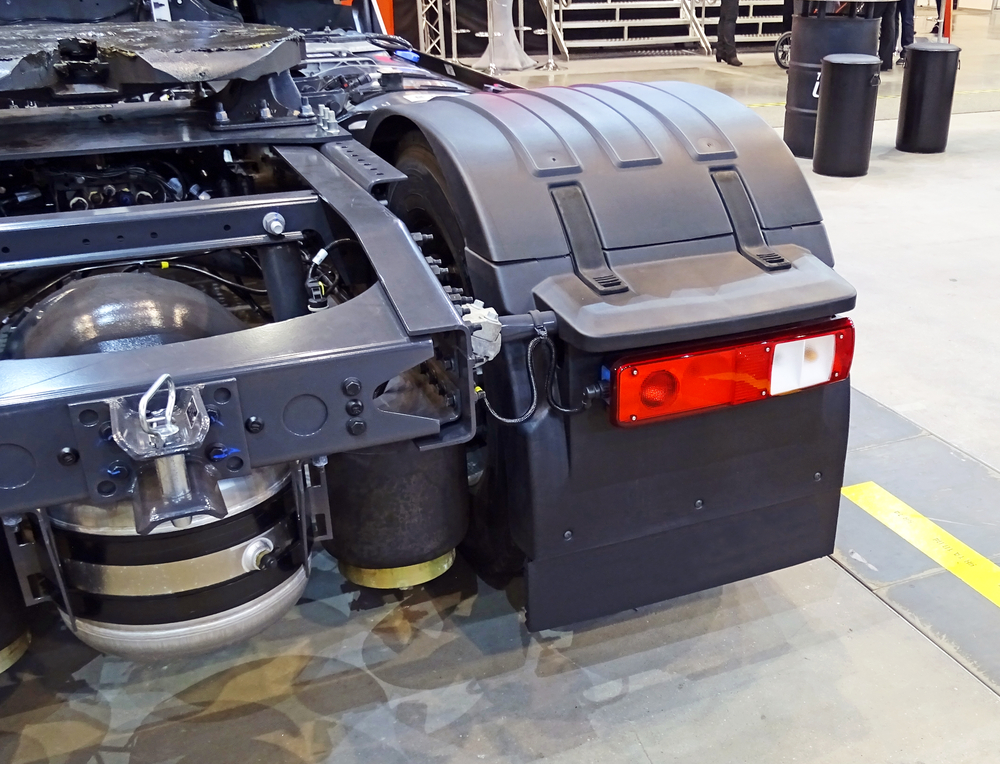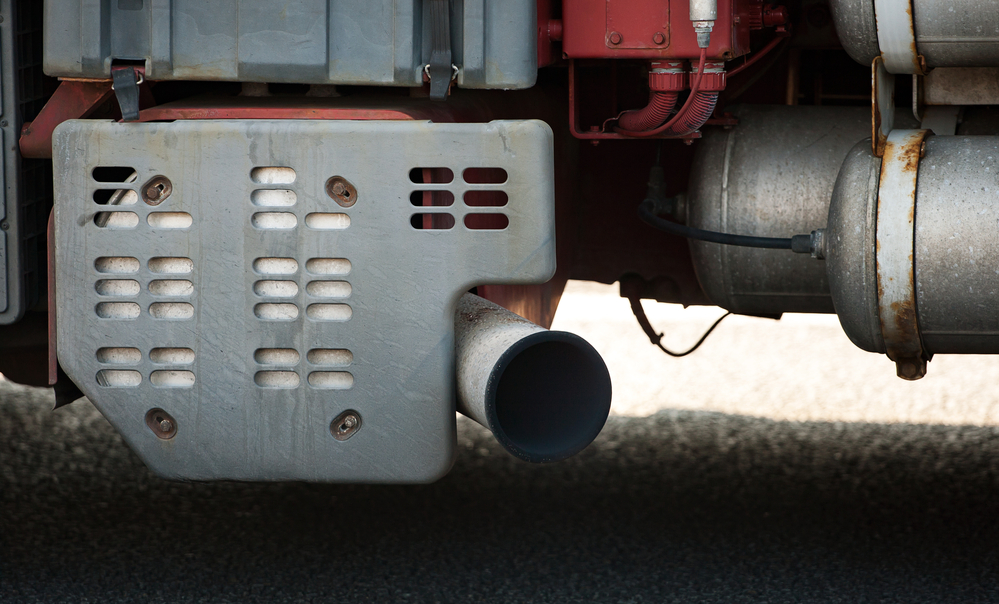
Shock Absorbers Often The Reason For Tyre Wear
Causes of tyre wear are often put down to road conditions, alignment, and type of tyre on the truck. What is often overlooked is the impact of worn and malfunctioning shock absorbers and the effect it has on the longevity of tyres. PACCAR parts says that a lack of understanding of how these components work can have a dire effect on how much rubber a fleet of trucks can go through each year.
A good understanding of how shocks function, and maintaining heavy vehicle equipment with quality parts, can help keep heavy vehicles on the job.
Shock absorbers are expected to perform a range of vital functions including:
- Transforming movement to heat. Velocity sensitive dampers transform the kinetic energy produced by suspension movement into thermal energy, which is dissipated via hydraulic fluid.
- Reducing cost per kilometre. Properly functioning shock absorbers can help reduce operating expenses by extending tyre life, reducing wear and tear to other components and protecting the trailer investment.
- Preventing damage to the air spring suspension. Most shock absorbers are designed with a hydraulic limiting lock-out feature which prevents over extension of the shock under extreme conditions, which in turn limits extension of the air spring.
- Maintaining road to tyre surface contact. Maintaining firm tyre-to-road contact is critical for safe steering, handling and load control.
PACCAR Parts emphasises that preventative maintenance is the key to maximising truck and trailer uptime.
“Routine inspection as part of a scheduled maintenance program can help to identify signs of problems in these critical components early on,” says Rekha Mohan, Senior Product Manager at PACCAR Parts.

Below are some of the simple visual inspection techniques that can help get the maximum life out of shock absorbers and related suspension parts.
- Understanding the difference between misting and leakage is important. Misting is normal for the function of a shock absorber whereas fluid leakage from the upper seal, which could drip over the shock body, is a clear indication for replacement.
- Mounting bolts have to be tight, loose bolts can cause damage to mounting holes, which can in turn loosen the fitment of a new shock absorber.
- Upper and lower mounts have to be intact and not broken. Incorrect ride height or shock absorber can damage the mounts.
- Look out for any accumulated debris on the air springs/hub seals/shock absorbers. They need to be cleaned if present as heavy dust/debris can act as an abrasive that can potentially cause wear and tear.
“When replacing worn air bags, remember to replace worn shock absorbers,” Mohan says. “As for choosing the right shock, the application in which the truck-trailer combination operates or will operate is the deciding factor.”
All vehicles accredited with Higher Mass limits (HML) under NHVAS must be fitted with Road friendly suspension (RFS), which will reduce the impact of laden axles on roads and related infrastructure according to the National Heavy Vehicle Regulator.
In addition, when replacing shocks on road-friendly suspensions, it is important to replace only with a shock absorber part number that is listed on the Vehicle Standards Bulletin 11 (VSB 11) certificate against the particular model of suspension in question, to ensure ongoing compliance to HML accreditation. Relevant VSB 11 certificate numbers are required to be displayed on the vehicle under the scheme so that they can be easily referenced.
All VSB 11 certificates can be found on the Department of Infrastructure website for easy cross reference with the certificate label on the vehicle.
If you would like to read the full article head on over to the Trailermag website.



